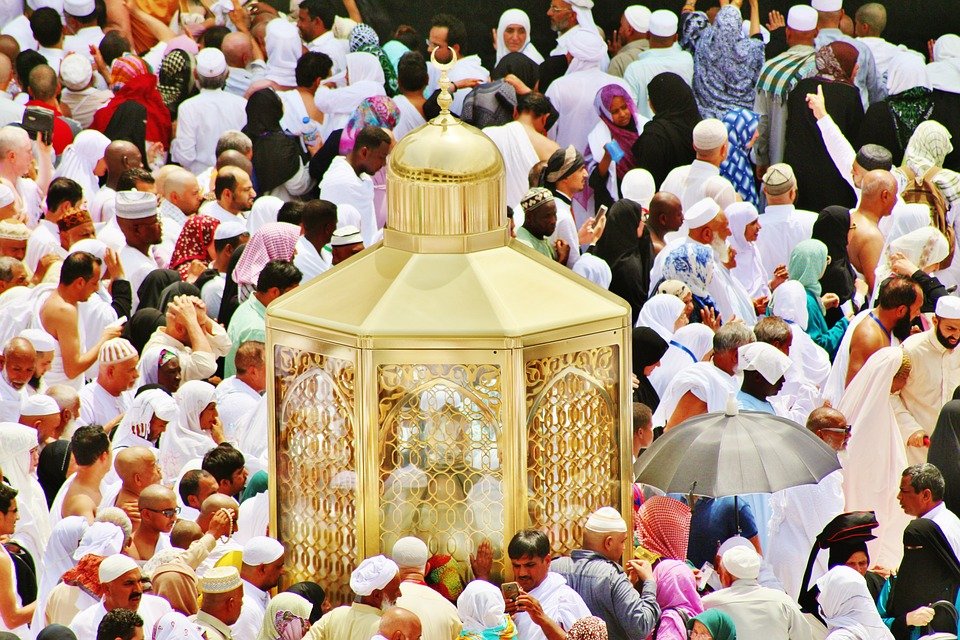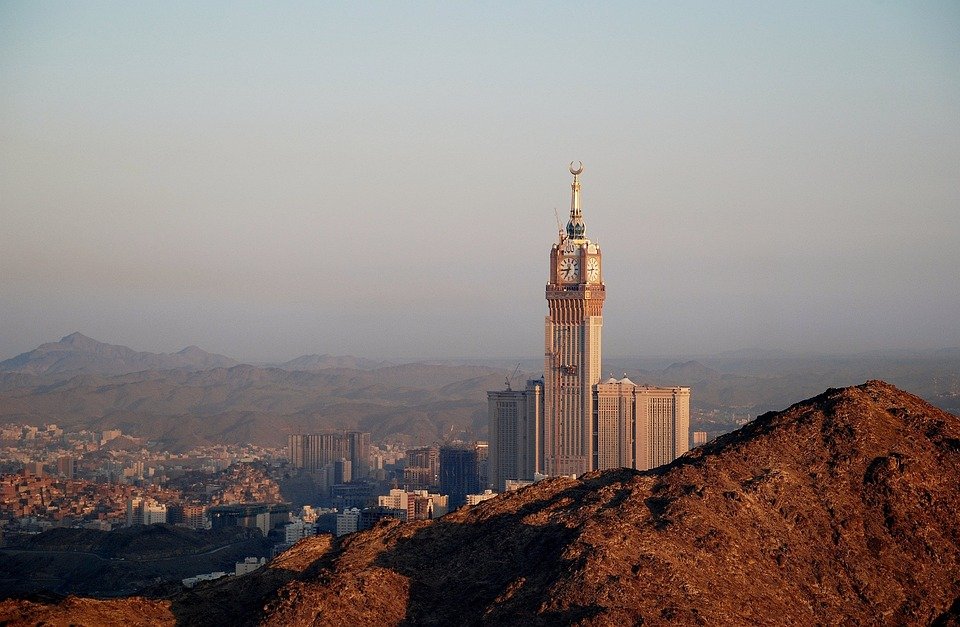You are here to read: What Do Muslims Do on a Hajj: Key Rituals Explained – A Thoughtfully Written Guide Offering Spiritual Wisdom and Travel Advice for Every Pilgrim who is going on holy journey of Hajj or Umrah.
When exploring the topic “what do Muslims do on a hajj,” you’ll find that this sacred pilgrimage is filled with profound rituals and traditions. Every year, millions of Muslims from around the globe gather in Mecca, participating in a series of spiritual practices that deepen their faith and bring them closer to their beliefs. In this article, I promise to provide a clear and structured guide on what do Muslims do on a hajj, helping you understand each step of this significant event. You’ll learn about the rituals, their meanings, and the overall purpose of the pilgrimage, ensuring that you know what to expect and why these practices hold such importance within the Islamic faith.
Understanding the significance of what do Muslims do on a hajj is essential for anyone interested in Islamic traditions. This pilgrimage is mandatory for every Muslim who is physically and financially able to undertake it at least once in their lifetime, highlighting its importance in fostering a sense of community and spirituality. Our expertise in what do Muslims do on a hajj, particularly through “What Do Muslims Do on a Hajj: Key Rituals Explained,” comes from our nine years of experience in the Umrah and Makkah, Madinah travel field since 2016. I feel that the information we provide can help illuminate this sacred experience, enriching your understanding of its vital role in the lives of millions.
What Do Muslims Do on a Hajj: Key Rituals Explained
Introduction to Hajj
Hajj is a special pilgrimage for Muslims around the world. It takes place in the holy cities of Makkah and Madinah in Saudi Arabia. Every year, millions of Muslims travel to these sacred sites to perform important rituals that have been passed down for centuries. The journey is not just a physical trip; it’s a spiritual quest that draws people closer to their faith.
For many Muslims, performing Hajj is a once-in-a-lifetime experience. It’s a chance to fulfill a religious obligation and seek forgiveness for past mistakes. Each step taken during this pilgrimage holds great significance, reminding us of the unity and equality of all human beings. Hajj also strengthens the bond among Muslims from diverse backgrounds. Together, they participate in rituals that have deep meanings.
The Kaaba: Heart of the Pilgrimage
At the heart of the Hajj celebration lies the Kaaba, a cube-shaped structure located in the Masjid al-Haram. This sacred site is considered the most important in Islam. During Hajj, pilgrims circle the Kaaba seven times in a ritual called Tawaf. This act symbolizes the unity of believers standing before Allah.
Many people kiss or touch the Kaaba when they get the chance, showing great reverence. It’s fascinating to see people of all colors and cultures gather here, all united in their worship. The Kaaba is draped in a black cloth known as Kiswah, adding to its beauty and significance. Not only is it a focal point, but it also represents a deep sense of belonging to a larger community of believers.
Standing at Arafat: A Day of Reflection
One of the most pivotal moments during Hajj occurs on the Day of Arafat. Pilgrims gather at the plain of Arafat, spending the day in prayer and reflection. This day holds immense spiritual weight, as it is believed to be the day when Allah forgives sins and accepts prayers. Many feel a profound sense of peace during this time, as they stand among countless others, all seeking guidance and forgiveness.
You're at the middle of this awesome post at AirlinkHajjandUmrah.com through: What Do Muslims Do on a Hajj: Key Rituals Explained. Keep reading, it gets better!
The practice of standing at Arafat is deeply symbolic. It represents the Day of Judgment, where all individuals will stand before Allah. Pilgrims pray, reflect, and ask for forgiveness, feeling an overwhelming sense of spirituality. As evening falls, the call to prayer echoes, marking the end of this vital day where hearts are filled with dreams of redemption.
Throwing Stones: A Test of Faith
Another significant ritual is the act of throwing stones at three pillars, known as the Jamaraat. This represents the stoning of the devil and symbolizes rejecting evil. Pilgrims gather stones from Mina and throw them at the pillars in a sequence. This action is a powerful reminder of the struggle against temptation and wrongdoing in life.
Many find this ritual to be both challenging and liberating. It invokes feelings of solidarity with others, as everyone is participating in the same act of defiance against temptation. The atmosphere is electric with energy, as people cheer each other on. The act of throwing stones connects us not only to our faith but also to centuries of tradition and shared values.
The Sacrifice: Honoring Tradition
Following the stoning ritual, Muslims around the world commemorate the sacrifice of Prophet Ibrahim. This is done through the Eid al-Adha celebration, where animals are sacrificed, and their meat is distributed to those in need. This act serves multiple purposes: it honors tradition and encourages generosity among communities.
Through this ritual, pilgrims reflect on the importance of sacrifice in both spiritual and personal contexts. The act speaks volumes about compassion, sharing, and empathy. Even those who cannot afford to sacrifice an animal can participate in the spirit of giving by sharing meals or donating to those in need. This reinforces the notion of community and charity, which is a cornerstone of Islam.
Tawaf al-Ifadah: A Profound Return
The Tawaf al-Ifadah occurs after the day of Arafat and signifies a return to the Kaaba. Pilgrims perform another round of Tawaf, feeling a renewed spirit of devotion. This act reinforces the deep connection with their faith and acknowledges the full circle of their spiritual journey.
Many describe this moment as a culmination of their experiences during Hajj. Each circuit around the Kaaba feels like a reaffirmation of their commitment to Allah. Together, pilgrims chant prayers, creating a harmonious atmosphere that resonates through the air. This ritual embodies the essence of Hajj, blending emotion, spirituality, and community into one powerful experience.
Conclusion: The Lasting Impact of Hajj
At the end of Hajj, many pilgrims return home transformed. The experience reshapes their understanding of faith, devotion, and community. The teachings learned during this pilgrimage often lead individuals to greater compassion and mindfulness in their daily lives. Hajj is not just a set of rituals; it is a lifelong lesson that echoes in the hearts of those who participate.
As pilgrims remember their Hajj, they often strive to carry the lessons learned into their everyday lives. The experience fosters a desire to remain committed to their beliefs while promoting kindness and unity in the world. Indeed, the rituals of Hajj serve as a profound reminder of the interconnectedness of all humanity, encouraging us to treat each other with love and respect.
That wraps up What Do Muslims Do on a Hajj: Key Rituals Explained. Thanks for sticking with us till here! Share this: What Do Muslims Do on a Hajj: Key Rituals Explained with your friends.
Check our homepage at Air Link Hajj & Umrah for more awesome updates.
Some interesting posts are: 1: Umrah Mubarak, 2: When is Umrah closed 2026?, 3: When does Umrah start after Hajj 2026?
Mushu, an experienced Saudi Arabia traveler and writer, shares insightful tips and spiritual reflections to enhance Hajj and Umrah journeys for fellow pilgrims. He has been to Makkah and Madina from 2016 to 2023 many times and his posts will reflect this.







